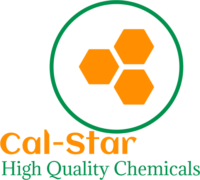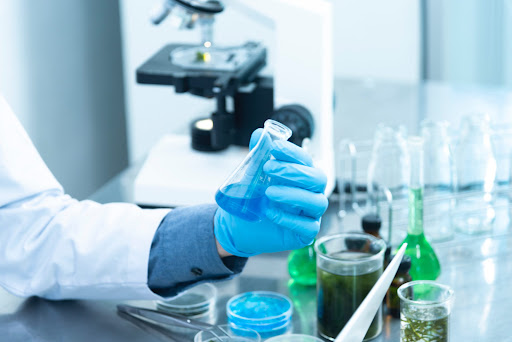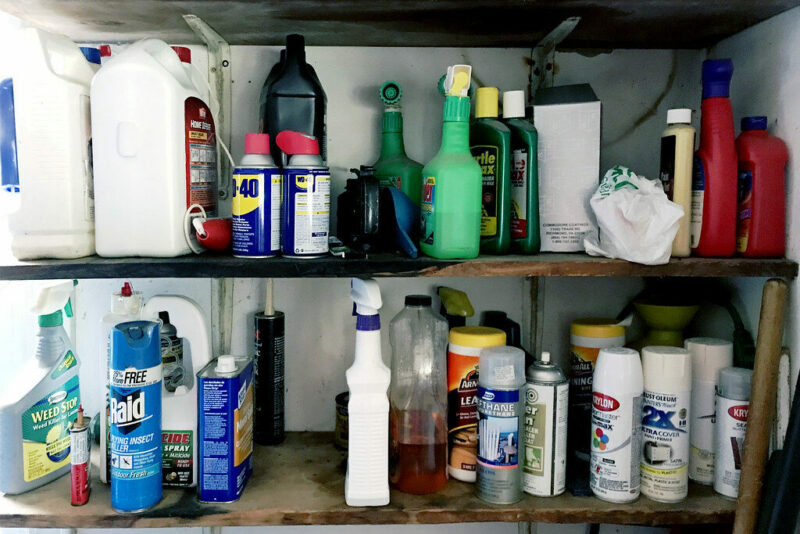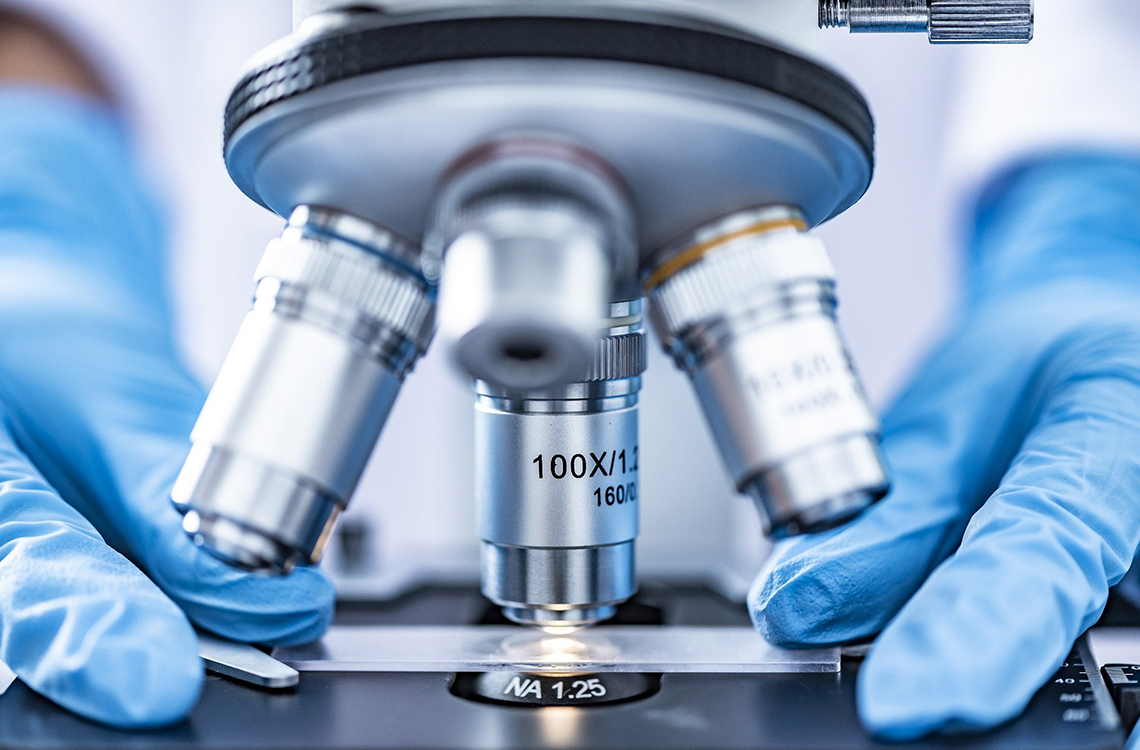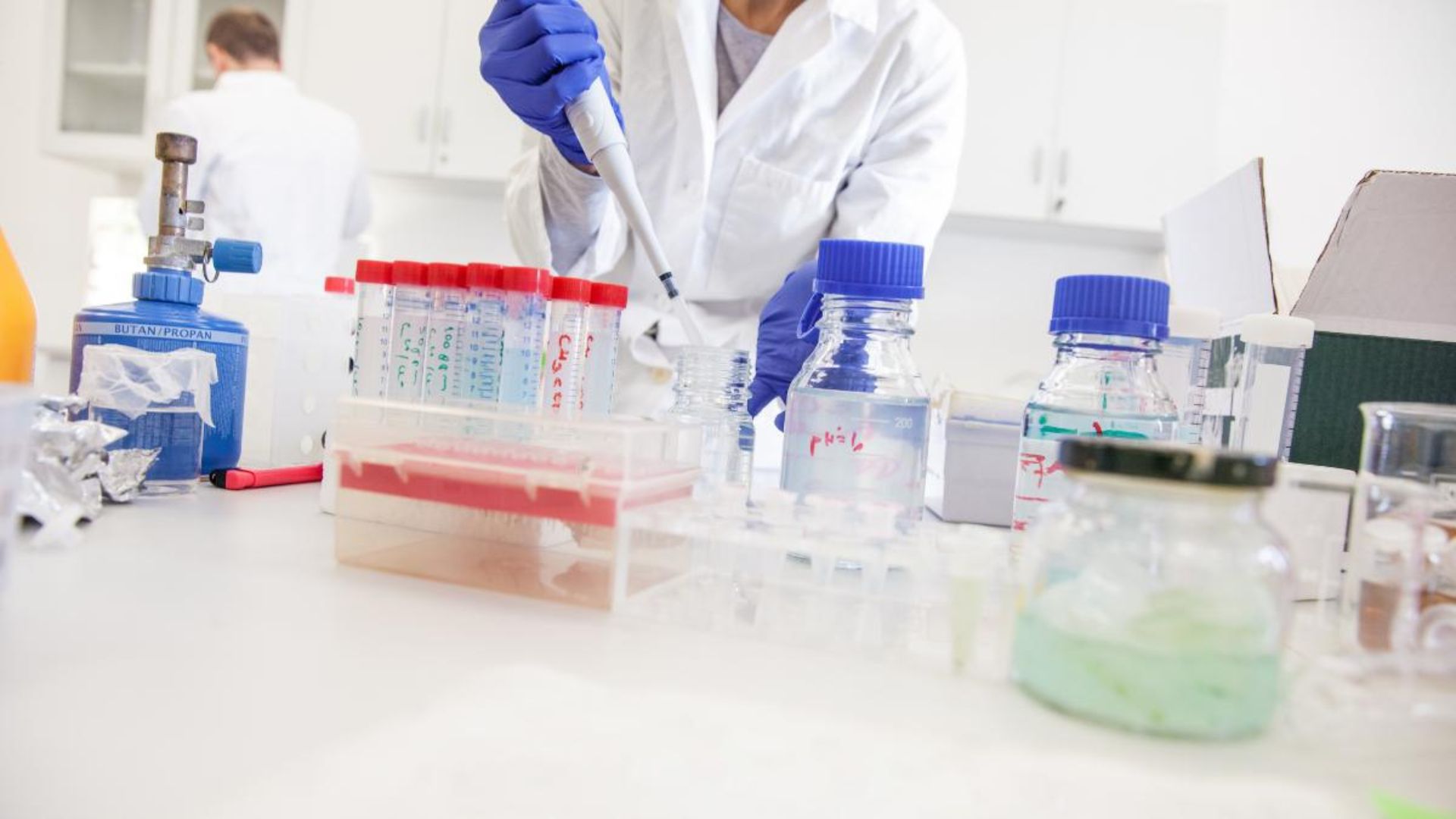Chemical purity is crucial in various fields, from pharmaceuticals to manufacturing. Ensuring that a chemical is pure can impact the quality and effectiveness of products. Here’s a detailed guide on how to test for chemical purity effectively.
1. Understand the Importance of Chemical Purity
Testing for chemical purity is essential to ensure that substances meet the required specifications for their intended use. Purity affects the performance, safety, and compliance of products. Knowing how to test for purity helps maintain high standards in chemical applications.
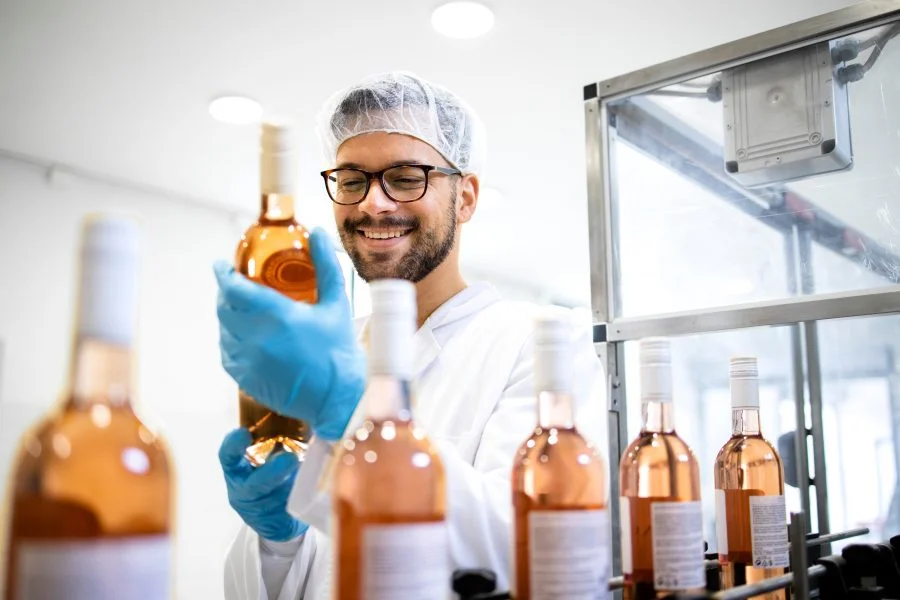
Ways to Test for Chemical Purity
2. Use of High-Performance Liquid Chromatography (HPLC)
High-Performance Liquid Chromatography (HPLC) is a powerful technique for testing chemical purity. It separates compounds in a sample based on their interaction with a stationary phase and a mobile phase. HPLC can identify and quantify impurities by comparing the sample with a standard reference.
3. Employ Gas Chromatography (GC)
Gas Chromatography (GC) is another effective method for assessing chemical purity. It is especially useful for volatile compounds. GC separates components based on their volatility and interaction with the column. It helps in detecting and quantifying impurities in gaseous or liquid samples.
4. Utilize Mass Spectrometry (MS)
Mass Spectrometry (MS) provides detailed information on the molecular weight and structure of compounds. By combining MS with chromatographic techniques like HPLC or GC, you can obtain a comprehensive profile of the chemical, aiding in the identification of impurities and verification of purity.
5. Perform Nuclear Magnetic Resonance (NMR) Spectroscopy
Nuclear Magnetic Resonance (NMR) Spectroscopy is a technique used to determine the structure and purity of organic compounds. NMR provides information about the molecular structure and the environment of the atoms in the compound, making it a valuable tool for testing chemical purity.
6. Apply Thin Layer Chromatography (TLC)
Thin Layer Chromatography (TLC) is a simple and cost-effective method for analyzing chemical purity. It involves applying a sample to a thin layer of adsorbent material and developing it in a solvent. TLC can help visualize the presence of impurities by comparing the sample’s spot with reference standards.
7. Conduct a Melting Point Analysis
Melting point analysis is a straightforward technique for determining chemical purity. Pure substances have a specific melting point range. By comparing the melting point of your sample with the known melting point of the pure substance, you can assess the purity level.
8. Use Refractive Index Measurement
The refractive index of a chemical can provide insights into its purity. By measuring how light bends as it passes through the substance, you can compare the refractive index with that of a pure sample. Deviations can indicate the presence of impurities.
9. Implement Infrared (IR) Spectroscopy
Infrared (IR) Spectroscopy is used to identify functional groups within a compound. By analyzing the IR spectrum of your sample and comparing it to known spectra of pure substances, you can determine if any unwanted functional groups or impurities are present.
10. Perform Elemental Analysis
Elemental analysis determines the elemental composition of a chemical. Techniques such as Inductively Coupled Plasma (ICP) can identify and quantify elements within a sample. This method helps in assessing whether the sample meets the purity specifications by detecting trace elements and contaminants.
11. Conduct Water Content Analysis
Water content analysis is crucial for chemicals sensitive to moisture. Techniques like Karl Fischer titration can accurately measure water content in a sample. Ensuring minimal moisture is essential for maintaining the purity and stability of the chemical.
12. Test for Solvent Residues
Residual solvents can affect the purity of a chemical. Methods such as gas chromatography can be used to detect and quantify residual solvents. Ensuring that solvent levels are within acceptable limits is crucial for maintaining chemical purity.
13. Utilize Conductivity Measurement
Conductivity measurement can indicate the presence of ionic impurities in a solution. By measuring the electrical conductivity of the sample, you can detect any unwanted ionic contaminants that may affect the chemical’s purity.
14. Perform Chromatographic Purity Testing
Chromatographic techniques, such as HPLC and GC, are frequently used for detailed purity testing. These methods separate and quantify components in a sample, helping to identify and measure impurities accurately.
15. Follow Standard Operating Procedures (SOPs)
Adhering to Standard Operating Procedures (SOPs) ensures consistent and accurate testing of purity. SOPs provide detailed guidelines for sample preparation, testing methods, and data interpretation, helping to maintain high standards in chemical analysis.
Conclusion
Testing for chemical purity involves a range of techniques, each suited to different types of chemicals and impurities. From chromatographic methods to spectroscopy and simple melting point analysis, these methods ensure that chemicals meet purity standards and are suitable for their intended applications. By following these strategies, you can maintain high-quality standards in your chemical products and processes.
